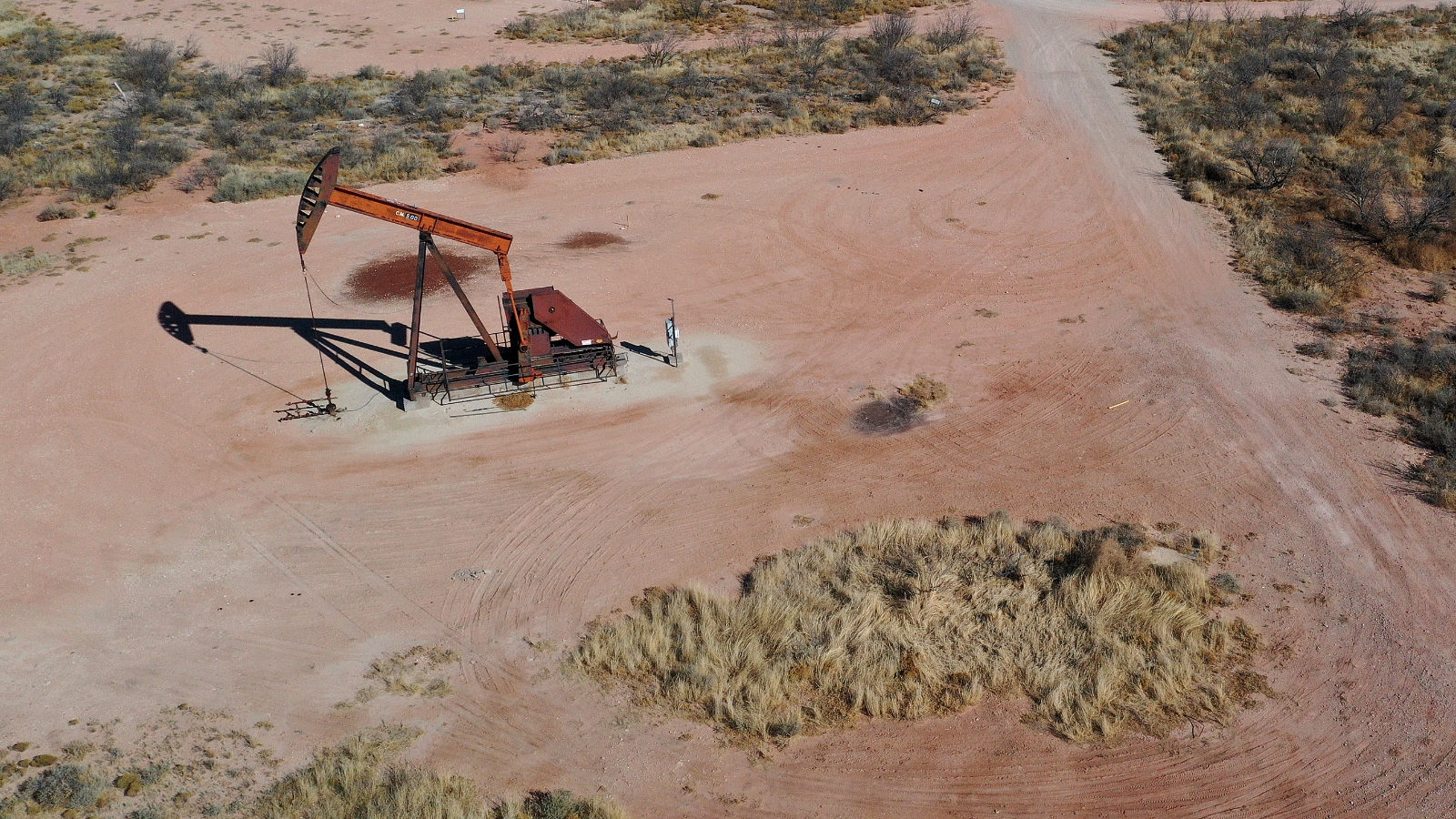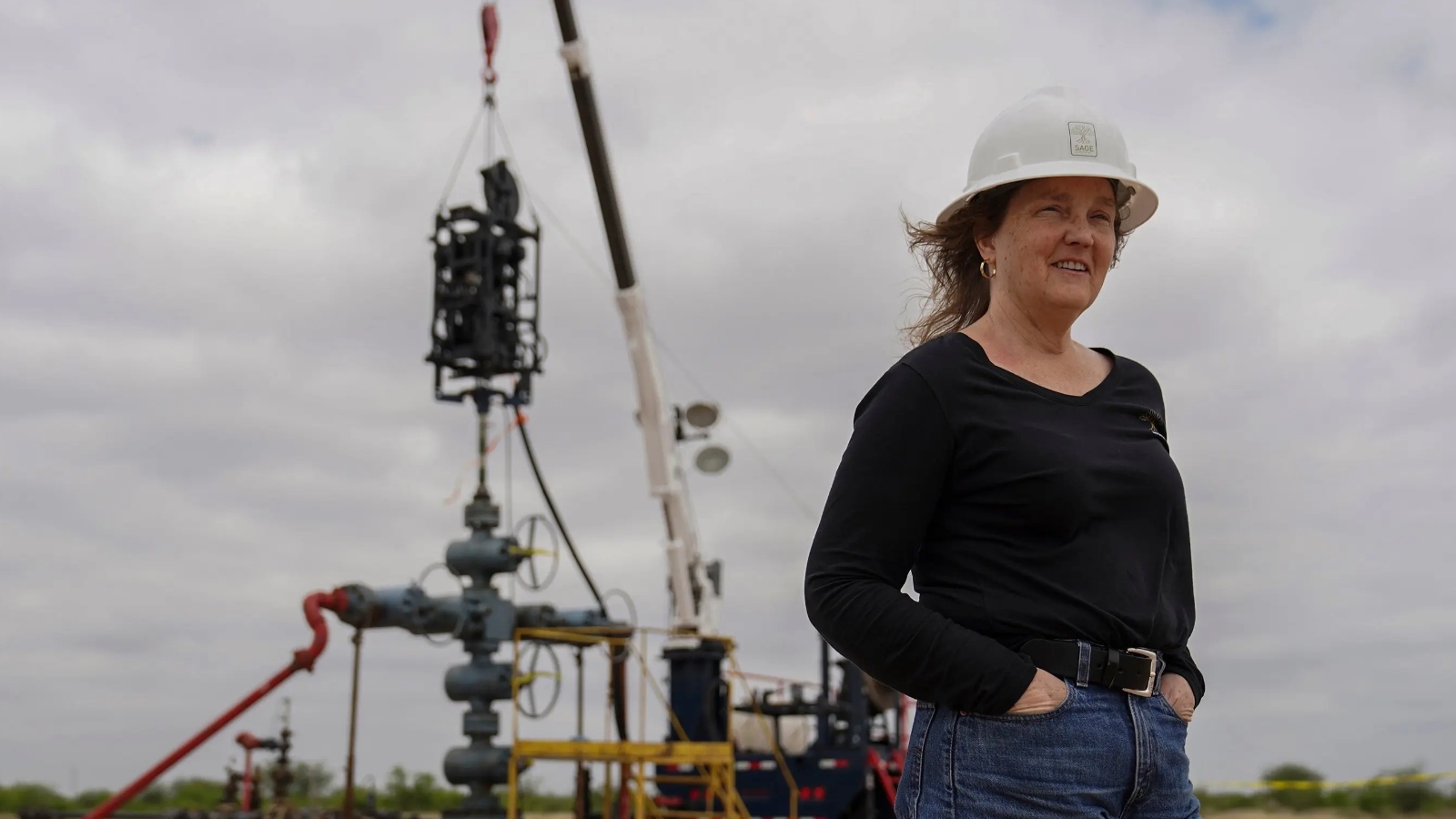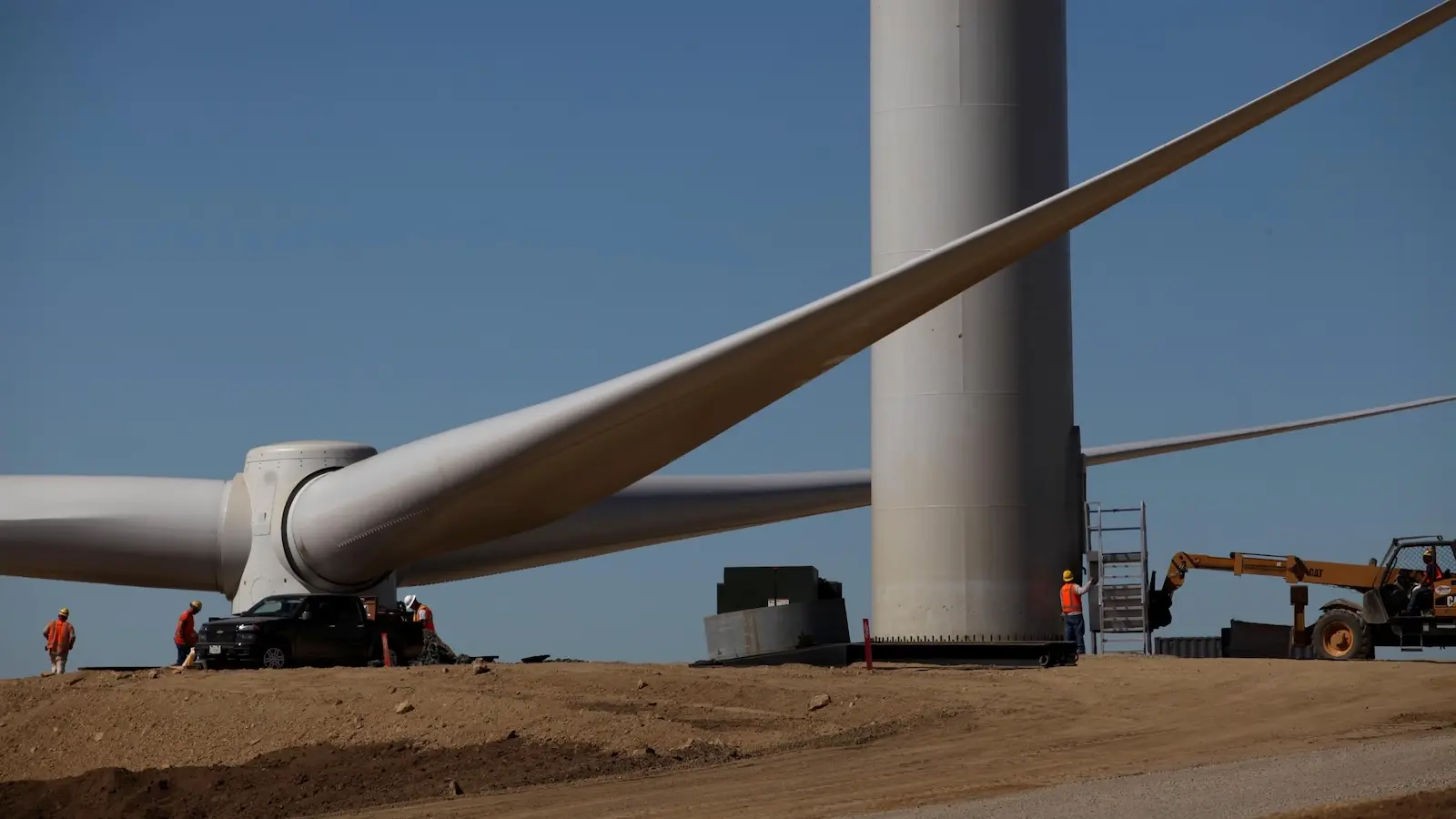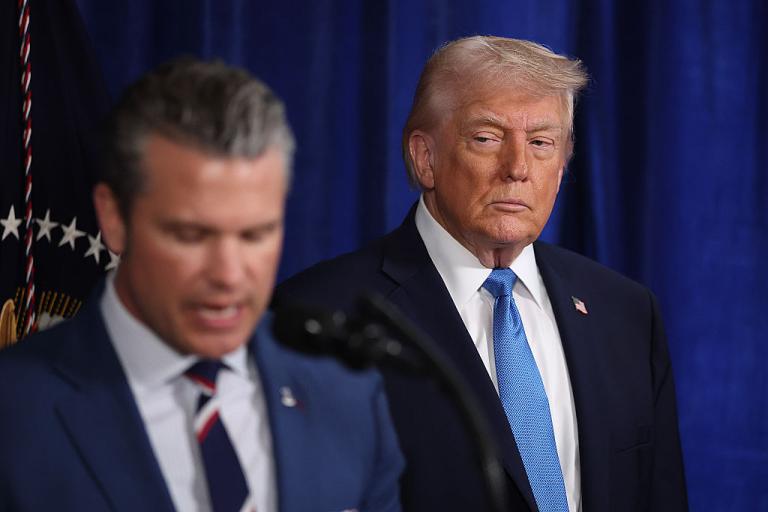This story was originally published by High Country News and is reproduced here as part of the Climate Desk collaboration.
On April 12, the Department of Interior released a new rule that will impose stricter financial requirements for oil and gas companies that operate on federal public land — the first such change since 1960.
The reform includes a jump in the amount of money that drilling companies must put forward to ensure cleanup of their wells. It also raises the royalty tax rate that operators pay on the minerals they extract on public land, which had not changed in more than a century.
In a statement, Interior Secretary Deb Haaland said that the changes will “cut wasteful speculation, increase returns for the public, and protect taxpayers from being saddled with the costs of environmental cleanups.”
The final version of the rule, which was released in draft form last summer, joins a flurry of climate and conservation moves by the Biden administration in recent weeks, including a strengthened methane emissions standards for oil wells on federal land and a renewable energy policy meant to promote wind and solar development. Environmental groups praised the rule as long overdue.
“These new regulations are the kind of common-sense reforms the federal oil and gas leasing program has needed for decades,” said Athan Manuel, Sierra Club Lands Protection Program director, in a statement.
The increase to bonding requirements means that the government will have substantially more money set aside to pay for cleaning up abandoned oil and gas wells. In order to drill, energy companies put forward funds, most often in the form of bonds purchased with a third-party surety company, to ensure that cleanup takes place.
These bonds are held until the company plugs its wells. If the company performs the reclamation work itself, it gets its bonds back. If a company goes bankrupt or abandons its wells some other way, the government can use the money in the bonds to pay for plugging and environmental cleanup.
Bonding levels need to be high enough to incentivize cleanup over abandonment, and Interior Department’s bonds hadn’t changed in more than six decades. A 2019 report from the Government Accountability Office found that between 84 percent and 99 percent of bonds for public land wells do not cover the full cost of cleanup. The new rule raises the minimum bond for a single public land oil and gas lease — which often contains multiple wells — from $10,000 to $150,000. For companies that operate multiple leases in the same state, the bond increases from $25,000 to $500,000.
Despite these increases, the new bonding levels are unlikely to cover the complete cost of cleaning up the more than 90,000 unplugged wells overseen by the Bureau of Land Management. The same 2019 GAO report found a wide range of plugging costs for orphaned wells on public land, ranging from $20,000 to as much as $145,000 per well, with a median cost of $71,000 to plug the well and clean up the drilling site.
Insufficient bonding often leads to wells being left idled — not producing, but also unplugged. Studies show that idled wells are more likely to become orphaned, with the financial burden for cleanup falling on public regulators — and ultimately on taxpayers. The Interior Department estimates that there are 3.5 million abandoned oil and gas wells in the U.S., which are substantial sources of methane, a potent greenhouse gas.
The new rule mandates that active operators on public land come into compliance with the new financial standards over the next three years and requires an update every 10 years to keep up with inflation.
The new rule also increases the royalty tax rate that companies pay on profits from minerals extracted on public land, which will mean a windfall for Western states like Alaska, California, Colorado, New Mexico, and Wyoming. The previous royalty rate of 12.5 percent was set in 1920. The new rate of 16.67 percent was mandated by the Inflation Reduction Act in 2022, which also raised the minimum bid for an oil and gas lease to $10/acre, up from $2/acre.
About half of this new revenue will go to the states where the drilling takes place, to fund public services. In oil and gas-producing states, it’s already a major source of income. In some years, New Mexico has taken in more than a billion dollars annually from BLM oil and gas operations, thanks to leasing sales in the Permian Basin. Still, Taxpayers for Common Sense, a non-partisan fiscal think tank, estimates that the government lost more than $12 billion in revenue between 2010-2019 because royalty rates were too low.
The oil and gas industry was not pleased with the final version of the rule. In a statement, Kathleen Sgamma, president of the Western Energy Alliance, an oil and gas trade group, said the changes will drive small operators off public land and suggested that the group may sue.
“This is another rule by the Biden administration meant to deliver on the president’s promise of no federal oil and natural gas,” she said in a statement, referencing a pledge by President Biden during the 2020 presidential campaign to ban drilling on public land. “Western Energy Alliance has no other choice but to litigate this rule.”
While most environmental advocates praised the rule, some criticized the administration for failing to live up to this same campaign promise – arguing that better financial return from oil and gas drilling is not the same as banning the practice.
“Reading this rule is like finding an old floppy disk,” said Gladys Delgadillo, a climate campaigner at the Center for Biological Diversity, in a statement. “It doesn’t belong in 2024. Updating oil and gas rules for federal lands without setting a timeline for phaseout is climate denial, pure and simple.”






